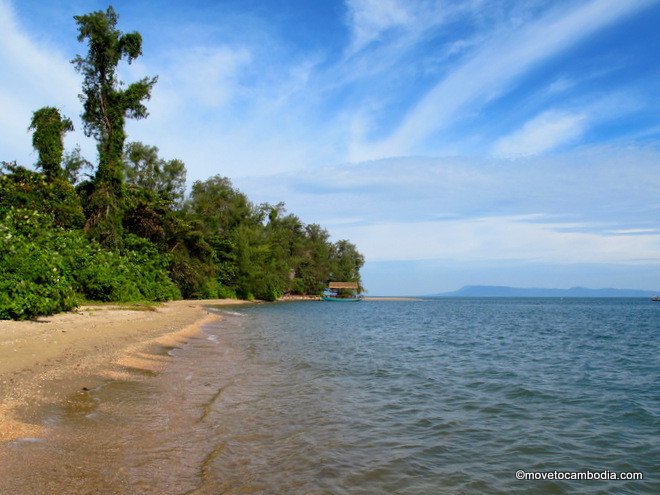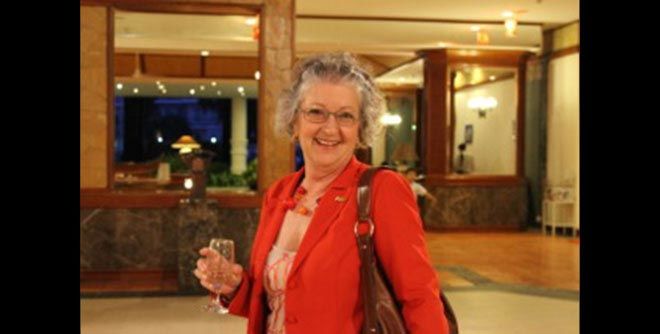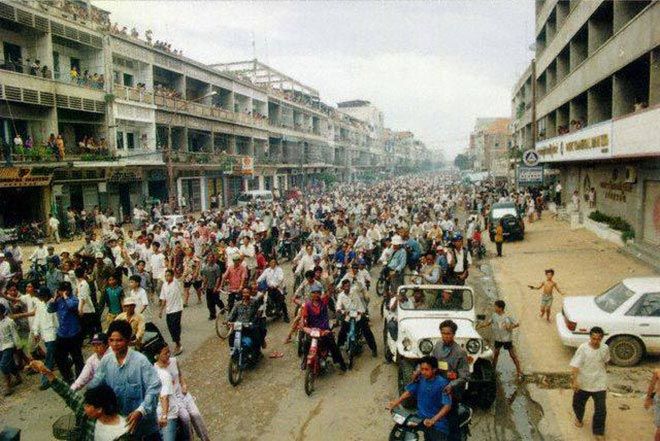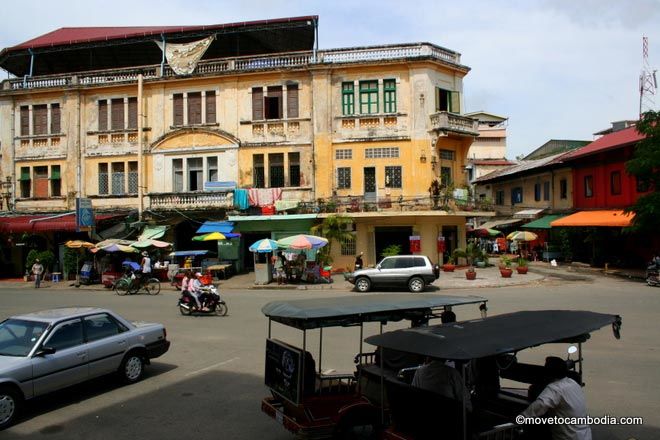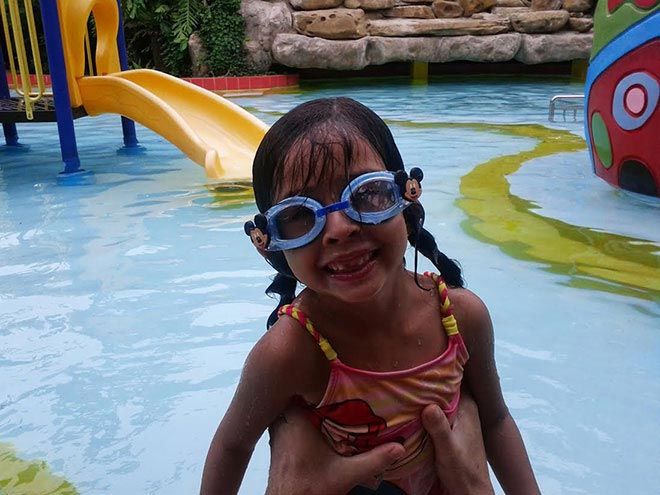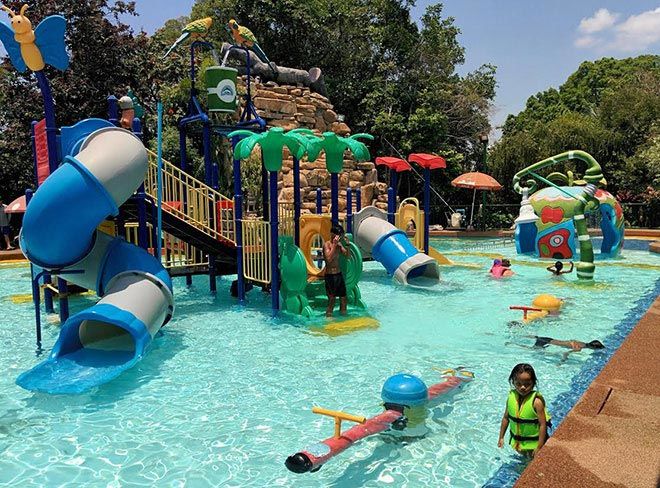Five hours from Phnom Penh, Battambang often loses to Kep and Kampot for those who want a relaxed getaway, and to Siem Reap and Sihanoukville for those who want a more exciting vacation. While it’s true that Battambang doesn’t have the buzz of Siem Reap’s nightlife or the beauty of Kep’s ocean views, Cambodia’s second-largest city is still worth a visit, sooner rather than later.
Here are five reasons why:
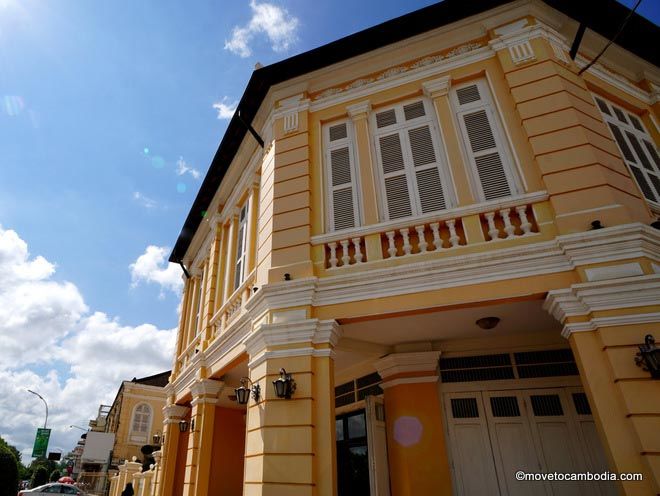
Colonial architecture, bats, dessert: Battambang’s got it all.
1. There are many random things to do
Let’s start with the obvious. These are the things that make it into the guidebooks – and rightfully so, because they are worth doing.
Every evening as the sun goes down at Phnom Sampeu, about 11 km outside the city, thousands of bats take flight, leaving their cave to hunt for the night. It’s a very impressive, David Attenborough-type thing to see.
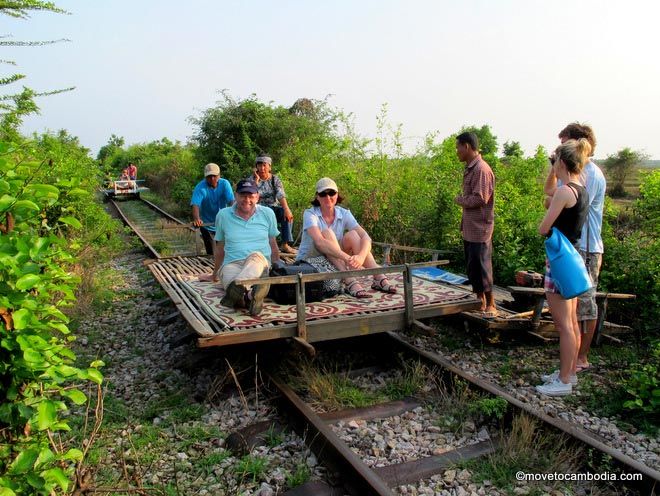
Yep, after years of closure threats, Battambang’s bamboo train is still running and still worth checking out.
The bamboo train takes you through the countryside on tracks originally built by French colonial settlers, although fair warning that “train” may be a bit of an overstatement for the slight steel frame that is propelled along by the engine of a motorbike or tractor.
The bamboo train isn’t the only way to see the countryside; bike tour companies such as Soksabike offer half- and full-day tours, and Green Orange Kayak rents kayaks to take everything in from the river.
No list of Battambang sights is complete without the circus. The Phare Ponleu Selpak circus troupe is good enough to tour internationally, and is a delight to watch in Battambang.
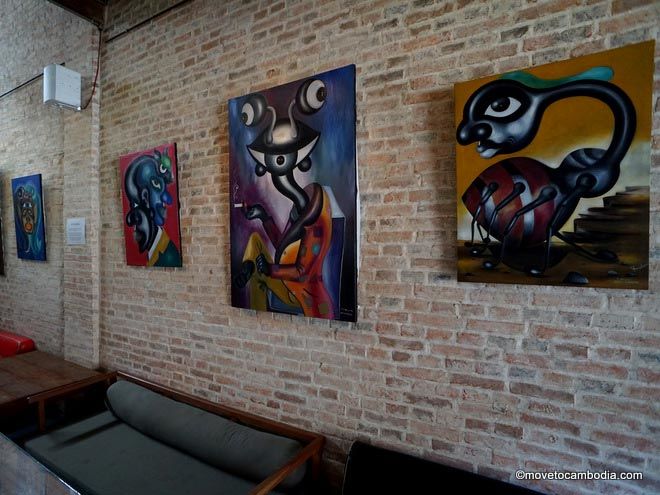
Battambang’s Lotus Gallery is at the forefront of the city’s burgeoning art scene.
2. There’s a growing art scene
Battambang has a long artistic tradition. Historically, many of Cambodia’s best artists and performers come from the region. Today, the arts are thriving in Battambang, with many enthusiastic local artists taking the initiative to put Battambang in the forefront of Cambodia’s arts scene.
And good news for those tired of Angkor Wat tableaus – there’s nary a temple in sight as the young artists in Battambang explore both personal and political themes in their work.
Poke around Lotus Gallery, Sammaki, Make Maek, and Sangker Gallery to see the best of Cambodian art, or read more about Battambang’s art galleries.
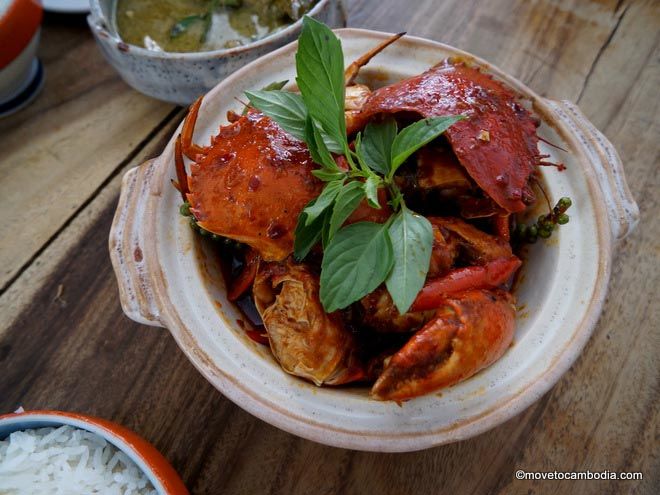
Don’t miss a meal (or three) at Jaan Bai in Battambang.
3. There is food and drink
If you’re hungry or thirsty, Battambang offers opportunities to indulge.
At Kinyei, try the country’s best coffee, served by 2013 Cambodian barista champion Sakana Long. Ask for her signature drink, the Cambodian cappuccino, or have the street latte, which was Untac Nem’s signature drink when he won the competition in 2012.
Go to Choco l’Art Café for dessert. Soline’s delicious chocolate mousse and chocolate hazelnut cake is always available, with a rotating menu of other desserts, none of which ever disappoint.
For drinks, head to Jaan Bai Restaurant, where the cocktail menu includes favourites like an espresso martini, an Earl Grey tea martini served with flair, and Jaan Bai’s own creation, “the crocodile tail.”
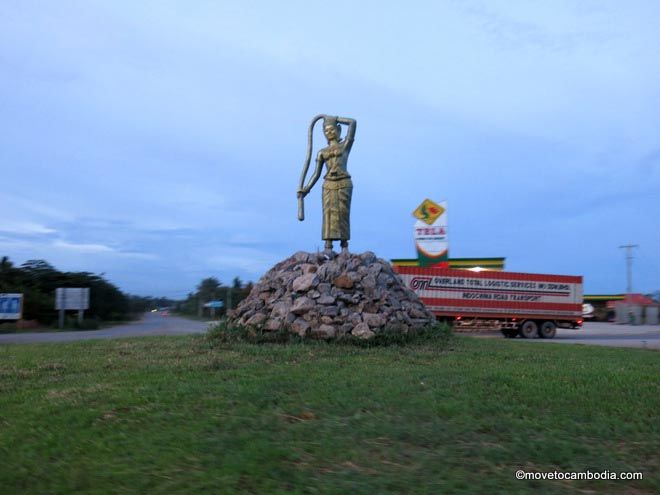
Battambang statue of the legend of “the girl who let down her hair” at sunset.
4. There is something that makes you want to stick around
There’s a Khmer saying about Battambang being a sticky place, sticky because many people visit for what they think will be a short time, but end up staying a lot longer than originally planned. Others leave only to find their path leads them back again.
So be warned when you visit: you may find it hard to leave.
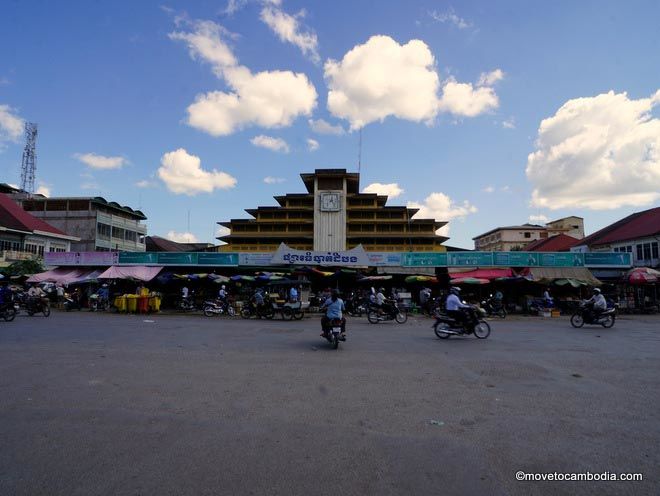
Battambang: it’s not going to be quiet forever.
5. All these things may change soon
While it’s the city’s slow pace and quiet charm that appeal to many that visit, Battambang may not be slow and quiet for long. More tourists are passing through, and the local government is moving forward on plans to make Battambang more attractive as a nightlife destination. This will include the establishment of a “Pub Street” a la Siem Reap, so it’s likely the city will change quite a bit in the next five years. Visit now to experience Battambang’s sleepy charms, while they still exist.
Soksabike
Street 1.5, Battambang
T: 012 542 019
soksabike.com
Green Orange Kayak
Ksach Poy (8 km south of Battambang)
T: 017 736 166
www.fedacambodia.org/GreenOrangeKayak (PDF)
Phare Ponleu Selpak Circus
Street 542, Battambang
T: 077 554 413
phareps.org
Lotus Bar and Gallery
Closed Mondays
#53, Street 2.5, Battambang
T: 092 260 158
facebook.com/lotusbattambang
Sammaki
87, Street 2.5, Battambang
facebook.com/sammakibtb
Make Maek
66, Street 2.5, Battambang
T: 017 946 108
makemaek.com
Sangker Gallery
47-10 Street 1.5, Battambang
T: 012 309 829
facebook.com/sangker
Kinyei
Street 1.5, Battambang
T: 017 860 003
kinyei.org
Choco l’Art Café
Street 117, Battambang
T: 010 661 617
Jaan Bai
Street 2, Battambang
T: 086 505 954
cambodianchildrenstrust.org/jaan-bai




